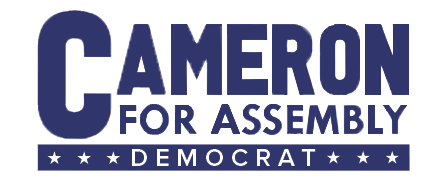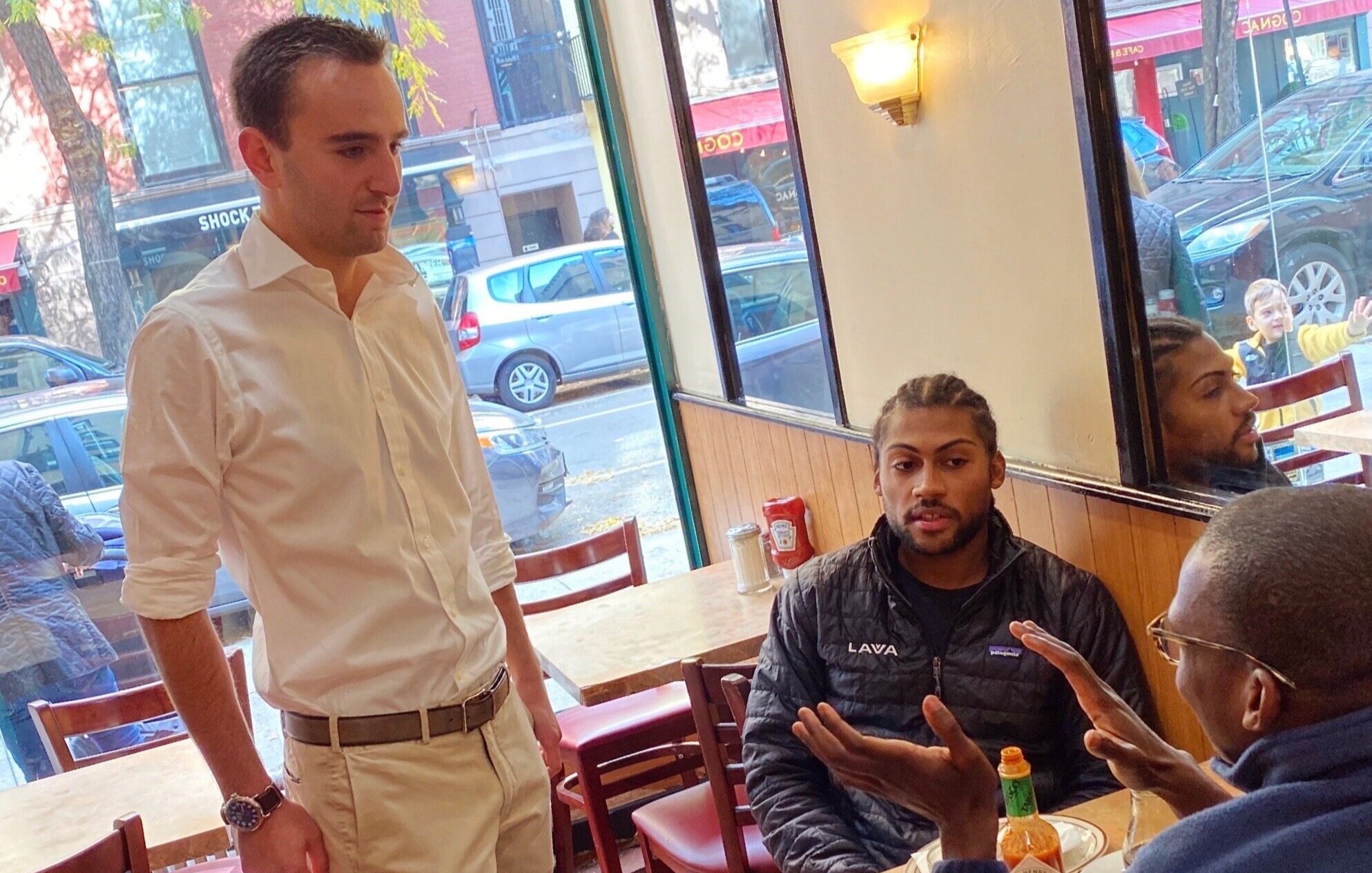Congestion Pricing
While congestion pricing will raise money for mass transit and reduce emissions in our Central Business District, the current plan lacks transparency in its implementation and must share the burden that it is putting on New York City with its suburbs. We need a more fair congestion pricing scheme, one that listens to community input and is not decided behind closed doors. When the Legislature passed congestion pricing in 2019, it failed to include important details to the plan. The plan did not commit to peak and off-peak pricing measures, to exemptions for certain groups, and to toll credits from other TBTA crossings. The legislation lacked any relevant details besides revenue targets, a date, and an arbitrary 60th Street line. The Legislature assigned a board of 6 unelected officials who will meet behind closed doors to determine the crucial details. That is not an example of good government! I support many of the goals of congestion pricing, especially on the environmental side, but I believe that we need a congestion pricing plan where the details are decided with transparency and with the input of key stakeholders. The officials who decide the details must meet in public and must be held accountable.
The burden for congestion pricing should not be placed too heavily on those who live in or around the congestion zone. Many lawmakers are suggesting a congestion pricing scheme where suburban commuters and trucks will get tolls credited towards their congestion pricing payment when they drive into Manhattan. This would defeat much of the purpose of congestion pricing. Congestion pricing should not be targeting those who live in or around the zone and are taking necessary car trips to the doctor. Instead, congestion pricing should be targeting those who bring their vehicles into New York City every day. Manhattanites below 96th Street already pay a heavy price every time they enter a taxi cab, congestion pricing will put an even heavier burden on them. Finally, congestion pricing must have a plan for the increase in traffic around the line around 60th street where vehicles will park or idle right above or below to then cross the congestion line. The City Council must work with State Authorities to determine how to ease congestion in these residential areas.
The MTA is in a financial crisis and COVID-19 has exacerbated the situation. I support alternative revenue-raising mechanisms to help fund the MTA, such as reinstating the commuter tax. The commuter tax could bring hundreds of millions of annual revenue back to our transportation budget. I also support other methods of reducing reliance on cars such as building out our infrastructure of bike lanes/scooter lanes given the recent legalization of e-bikes and e-scooters.

